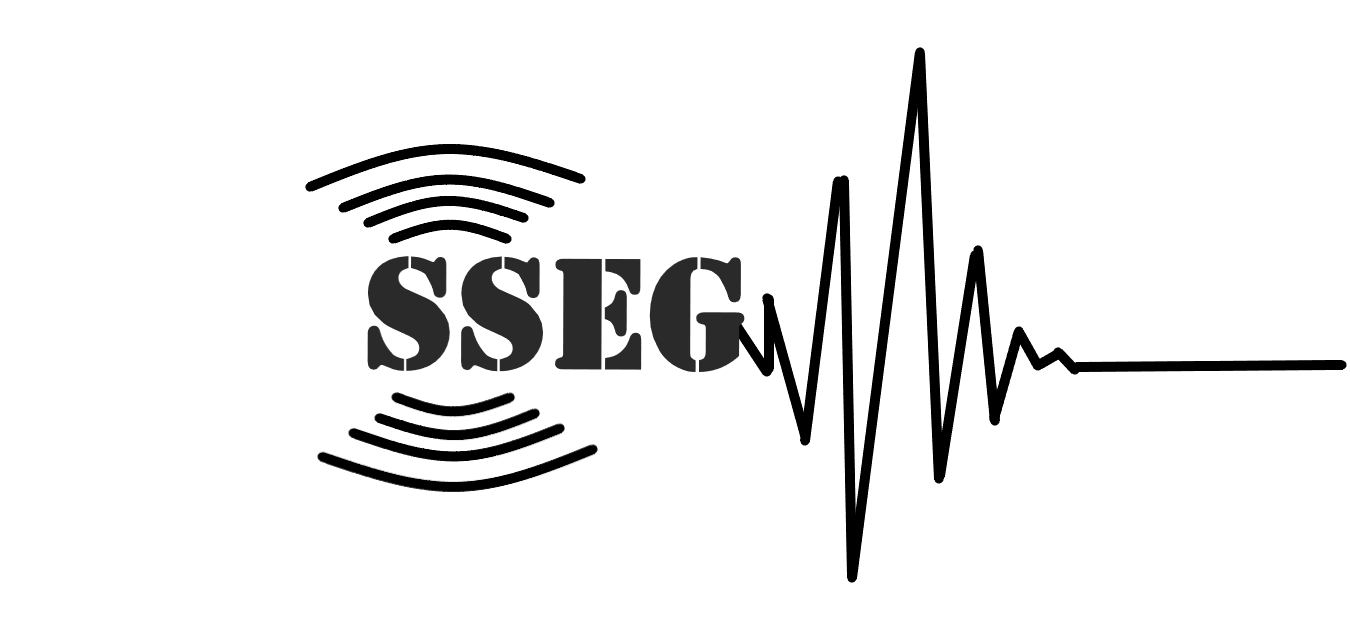Theme / Problem Statement: Accidental Eccentricity due to Torsional Ground Motion—Understanding and Developing Design Recommendations
Most seismic standards recommend shifting of the lateral load profile by an offset termed as ‘accidental eccentricity’ on either side of the floor center of mass (CM) to account for the contribution of torsional ground motion while implementing the equivalent static procedure in a regular building. However, the dynamic analysis is felt mandatory for not-so-regular structures (inviting directional coupling in mass participation and higher mode participation) but with a minimum force demand from the equivalent static procedure. Surprisingly, none of the standards explicitly recommends the procedure of implementation for the accidental eccentricity in time history analysis. In the absence of any rational framework, shifting of floor CM to account for the accidental torsion in time history analysis has now become a standard practice across the globe. In an earlier publication, the principal investigator (PI) of this proposal proved / demonstrated the underline flaws in shifting of the CM and offered an alternative definition of accidental eccentricity for one-storey systems. Possible extension to multistorey systems was also reported in another publication. This proposal is built upon PI’s alternate definition of accidental eccentricity and aimed to develop the design recommendations. A pair of horizontal components along with the torsional component (referred to 3-component) recorded over Kefalonia seismic array in about 150 events will form the basis of ground motion inputs in this proposal. Several one-story systems will be analysed with i) 3-component excitations and ii) horizontal pair of excitations with accidental eccentricity. The latter will be repeated with increasing accidental eccentricity until the seismic demand from the former is met. Required accidental eccentricity thus calibrated will also account for the directionality and aleatory variability of the ground motion. These recommendations will be contingent on a few normalized properties of one-storey system. The proposal will also extend the framework to multistorey system using the principle of structural dynamics. Required accidental eccentricity for a given multistorey system can be extracted using its modal properties from the recommendations of one-storey system. Reconstruction of normalized stiffness matrix of an equivalent one-storey system from the fundamental modal triplet of the given multistorey system forms the basis of this extraction. Several multistorey buildings with nearly rectangular plan layout but with- and without vertical irregularities will be considered while developing the design recommendations. The proposal will also investigate the effect of yielding of structural system / elements on the accidental eccentricity and its possible inclusion in the design recommendations. Outcome of this proposal (design recommendations on accidental eccentricity) can be translated to the seismic standards for possible inclusion.
Research Objectives :
- Developing design recommendations on accidental eccentricity of one-storey system due to torsional ground motion including the directionality effect
- For equivalent static procedure
- For time history analysis
- Developing and implementation of a framework for the assessment of required accidental eccentricity given a multistorey building
- For time history analysis
- For equivalent static procedure
- Assessment of required accidental eccentricity for a given multistorey building using the recommendations of one storey systems
- For time history analysis
- For equivalent static procedure
- Influence of structural yielding on the contribution of accidental torsion
Expected Outcome and Deliverables of the Project:
- Design recommendations on accidental eccentricity for the seismic standards.
- A framework for the assessment of required accidental eccentricity.
Publication out of this Project:
- Vats, F., & Basu, D. (2025). Capturing the Peak Response Over All Possible Orientations for Direction of Arrival of Multicomponent Seismic Excitation. Earthquake Engineering & Structural Dynamics, e70018.
PDF - Basu, D., Vats, F., & Sood, S. (2025). Accidental Eccentricity to Account for Torsional Ground Motion in Equivalent Lateral Force Procedure. Earthquake Engineering & Structural Dynamics. https://doi.org/10.1002/eqe.70066
PDF

